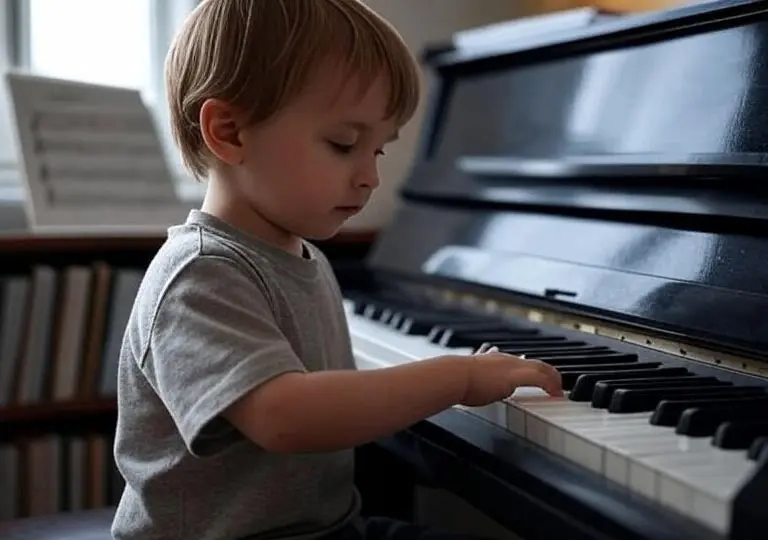 How to Fit Music Into Your Homeschool Schedule (Without Overwhelm)
How to Fit Music Into Your Homeschool Schedule (Without Overwhelm)
If you’ve ever wondered how to add music into your homeschool schedule without making your day feel longer or more stressful—you’re not alone. Many parents want to give their kids the gift of music, but worry they don’t have enough time, skill, or structure. The good news? Music doesn’t have to be an “extra.” With the right approach, it can become a joyful, natural part of your daily homeschool routine.
Why Music Matters in Your Daily Homeschool Routine
Music strengthens memory, builds focus, and sparks creativity. Studies show that children who regularly engage with music often excel in math, reading, and language. Beyond academics, music brings joy and connection into the home. By weaving music into your homeschool day—even in small ways—you create meaningful habits without adding stress.
Easy Ways to Add Music to Your Homeschool Schedule
You don’t need long lessons or hours of practice. Start with short, consistent moments. Here are a few ideas:
- Morning Circle: Begin your day with a short song or rhythm game. It sets a positive tone and gets kids engaged right away.
- Transition Songs: Use simple tunes between subjects or activities. For example, sing while cleaning up or moving from math to science.
- Music Breaks: Instead of screen time, try a 10-minute “music break” with dancing, singing, or playing an instrument.
- Background Music: Play classical or instrumental tracks during art, reading, or quiet work time.
- End-of-Day Recap: Sing a “goodbye song” or let kids choose a favorite track to close the day.
 Sample Homeschool Music Schedules
Sample Homeschool Music Schedules
Here are some simple age-based examples to inspire your own routine:
Preschool & Kindergarten (ages 3–6):
- 10 minutes: sing-along songs with hand motions
- 5 minutes: rhythm clapping or drumming
- Background music during playtime
Elementary (ages 6–10):
- 15 minutes: structured lesson (instrument, listening, or music reading)
- 5 minutes: movement activity (dancing, marching, conducting)
- Play music while working on art or history
Middle School & High School (ages 11+):
- 20–30 minutes: instrument practice or music theory lesson
- Explore music history or analyze songs from different eras
- Encourage independent projects (songwriting, recording, composing)
The key is consistency. Even short sessions—done daily—create lasting results.
Tips for Making Music Stress-Free
- Start small. Five minutes a day is better than trying to fit in an hour once a week.
- Let kids choose. Give your children freedom to pick songs or activities.
- Combine subjects. Study history through the music of that era or explore fractions through rhythm.
- Celebrate progress. Host small family recitals or record your child’s songs to track growth.
Free Resource: Weekly Homeschool Music Planner
To help you get started, download this free Weekly Homeschool Music Planner. It gives you a simple template to schedule music time that actually works for your family.
Final Thoughts
Adding music into your homeschool schedule doesn’t have to be complicated. With a few intentional choices, you can nurture your child’s love for music while keeping your daily routine simple and joyful.
Looking for a full step-by-step program? Explore the Color Me Mozart Curriculum and discover how easy and fun music can be for your homeschool.



